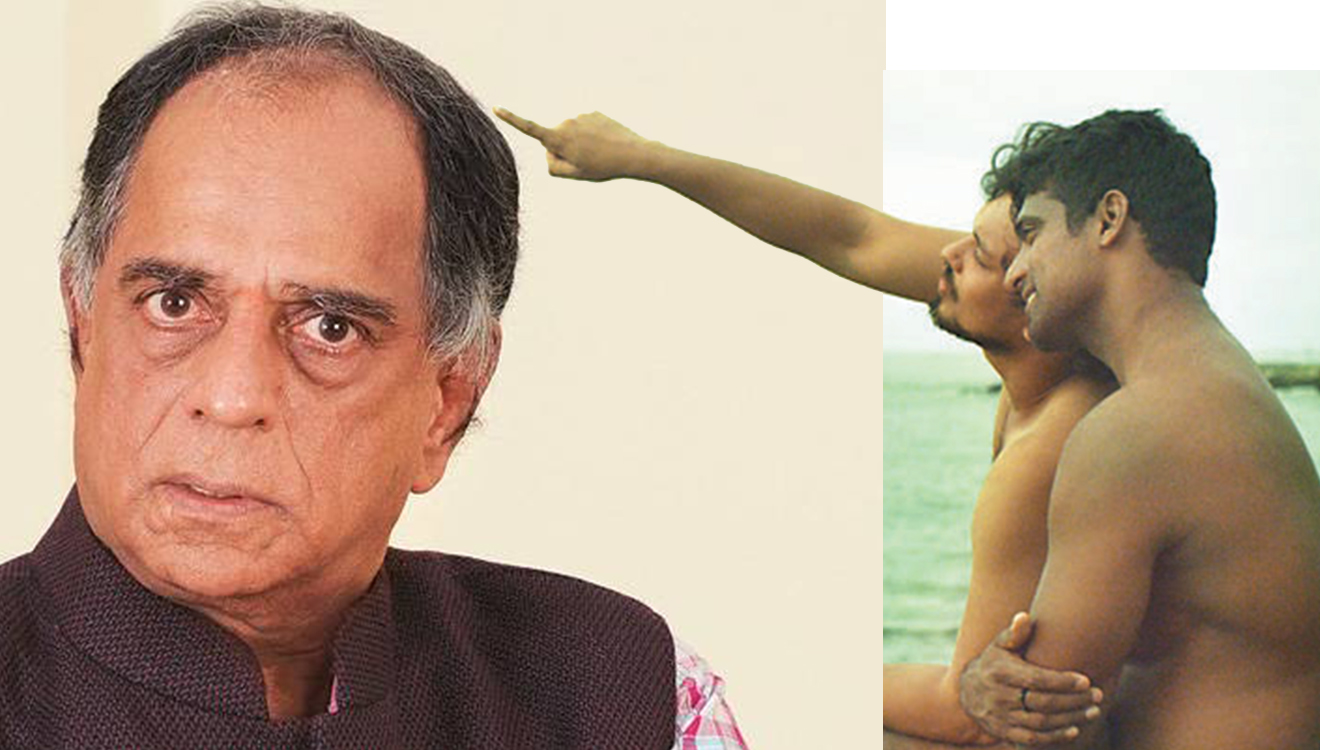“We don’t meet men from outside the family, usse gairat hoti hai,” I was told this by women of pastoralist families in Kutch. Meeting men from ‘outside’ is prohibitive; it would mean perhaps both gazing and being gazed at by a non-legitimate member. So, what is the extent of the family, I wondered, but didn’t ask.
But the idea of gair and gairat have haunted me since. The noun gairat and the adjective gair signal not only the outsider, but the process of making an ‘outside’; a form of externality; not necessarily out of rejection but out of seeing its impossibility in your own realm. Defining one also helps define the other, or the other way round.
When Shakeel Badayuni and Naushad collaborate (in the 1954 film Amar) and produce through Lata Mangeshkar’s voice one of the most stunning ghazals in the history of Hindi cinema – Na milta gham toh barbadi ke afsaane kahaan jaate- it’s difficult not to think of an entire ecology it comes with.
My ruminations are about the ‘strange’ reveling in the idea of suffering that ghazals and Hindi films songs do.
Situated as we are in neo-liberal commitment to happiness, it is strange that someone should think there is something emancipatory in the idea of suffering. We may be hasty enough to brush it aside as usual melodrama and self-pity. So, let me come back to gair to show you the train of thought.
The second line of the opening couplet says, “Mubarak gair ko khushiyan, mujhe gham se mohabbat hai,” (Let others have happiness; but I have love for misery). I was struck by how that gairat had been made.
Na milta gham to barbadi ke afsaane kahaan jaate, agar duniya chaman hoti to viraane kahaan jaate (If we were not to receive unhappiness what would happen to tales of destruction, had the world been a beautiful garden what would happen to deserted lands).
Suffering finds its justification; it has to, for we must endure it with certain dignity. One way of doing it is to think of happiness outside our own realm; to see its gairat; its out sidedness from our world. This is almost to say that suffering is intimate; made your own but consummation and celebration are alien to this world of intimacy.
The next couplet says, Chalo acchha hua apnon mein koi gair to nikla, agar hote sabhi apne to begaane kahaan jaate (Thankfully, at least one person turned out to be gair from our own. If all were our own, where would outsiders go?)
The illegitimate outsider has suddenly been provided with a legitimate reason to exist. Where would our non-own go, where would strangers seek refuge; and deserts find appreciation, and tragedies noticed?
Duaaye do mohabbat, hamne mit kar tumko sikhlaa di na jalti shamaa mein to parvaane kahaan jaate (To the lover who has been jilted, the female voice says you need to thank me for teaching you how to love; had flames not annihilated themselves, where would the moths go?)
She follows it up by saying that even you need to be thanked for giving me this treasure of suffering; how would I have managed to go begging misery from all and sundry?
Tumhi ne gham ki daulat di badaa ahasaan farmaayaa zamaane bhar ke aage haath phailaane kahaan jaate (If you need to go begging for suffering from others; it also means that suffering is an important part of existence, we all need to have its share)
The ones we can’t share suffering with are gair, for they are the ones with happiness. Finally, the lover who has provided suffering is not the one to share suffering with. It is this that makes him an outsider, but he can’t cease to be completely an alien either. He stands therefore on the threshold – neither fully intimate nor fully an outsider.
Recommended
The song therefore moves with both thoughts – of putting him outside but also accommodating him in a tragedy. Some place needs to be made in our stories for even those who did not become our own; and that is what lends the stories their tragic element. Upon a superficial reading, this song may appear as a strange masochism and almost a principled distance from pleasure. However, on closer look, it opens up an ecology in which suffering is made intimate; almost pleasurable, hence hamein gham se mohabbat hai (I’m in love with suffering).
This state of being-in-love-with-pain is familiar to us from a long-standing tradition of ghazals; and we know that the pain is also pleasure of being closer to the divine. We may choose the human or divine; but we might need to see that narratives that appear to be marked by melodrama may well be ones of immense fearlessness. Isn’t the biggest fear one of having to suffer?



